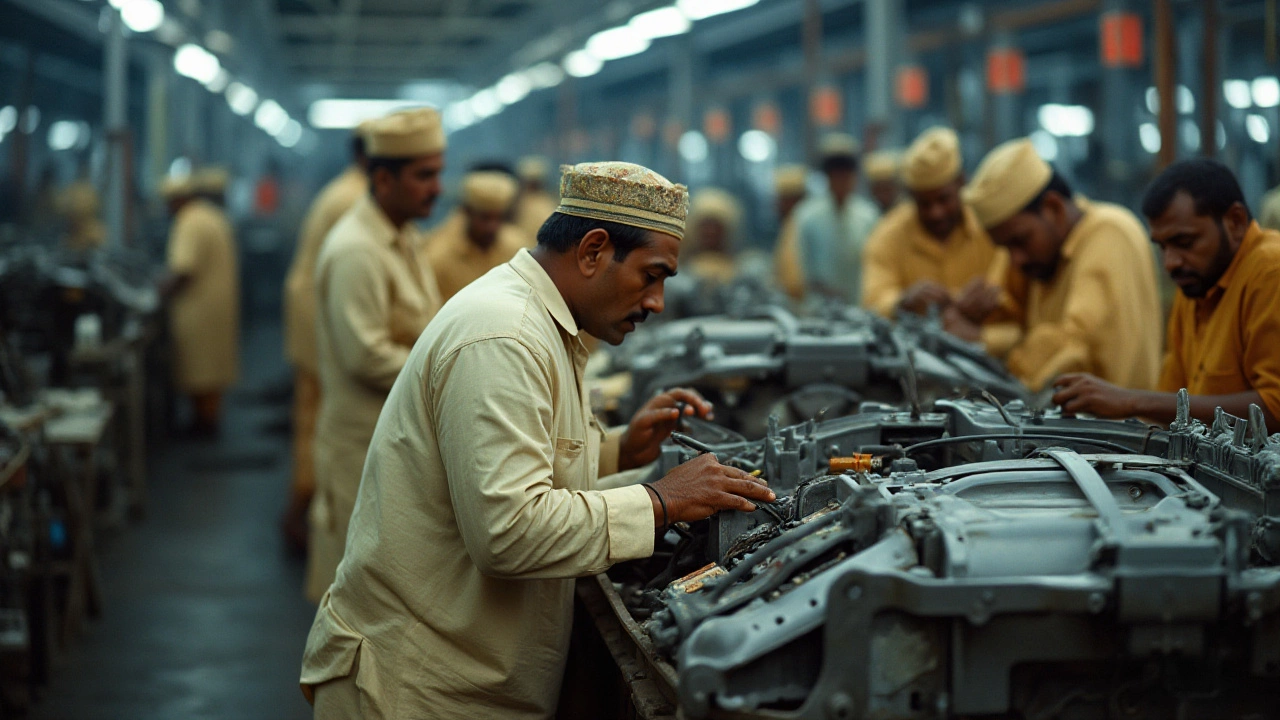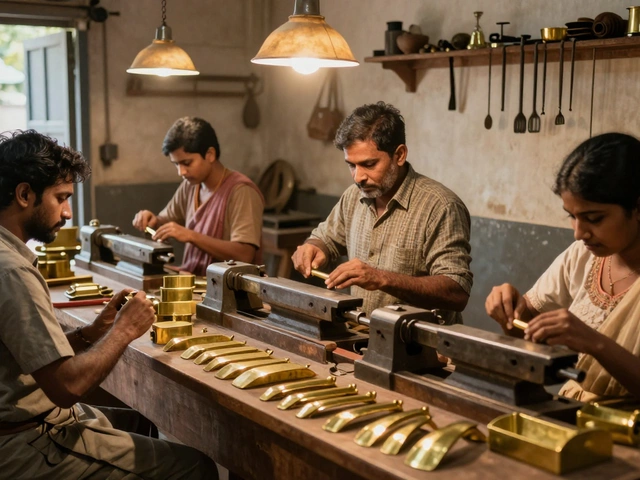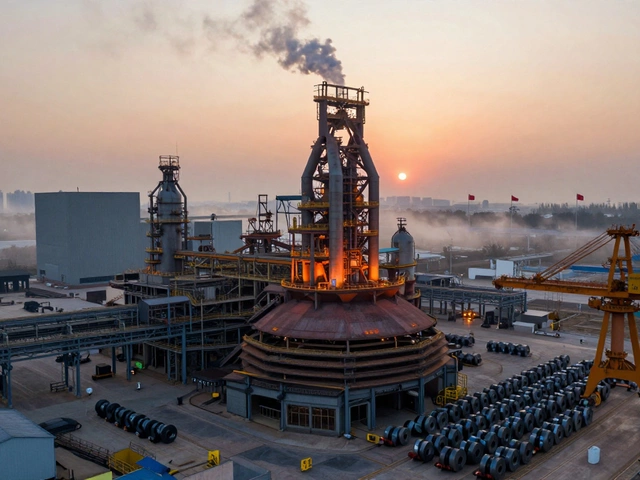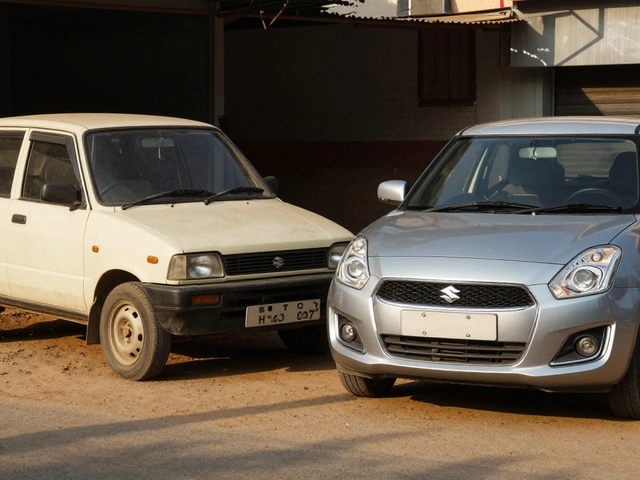Automobile Manufacturing in India: What’s Happening Now?
India’s auto sector is buzzing with activity. Every year more cars roll off the assembly line, new models hit the market, and the government rolls out policies to keep the momentum going. If you’re curious about why the industry matters to you – whether you’re a supplier, a buyer, or just an enthusiastic car fan – you’re in the right spot.
In 2023 the country crossed the 30 million vehicle production mark, putting India among the top three car‑making nations worldwide. That number isn’t just a brag‑ging stat; it drives jobs, fuels allied sectors like steel and electronics, and shapes the kind of roads you see in your city. Let’s break down the forces behind this growth and the hurdles that could slow it down.
Key Growth Drivers
First up, demand. A growing middle class, rising disposable incomes, and shifting preferences for compact SUVs are spurring sales. Young buyers today value tech‑savvy features – think touchscreen infotainment, connectivity, and fuel‑efficient engines – and manufacturers are racing to deliver.
Second, policy support. Initiatives such as the Production‑Linked Incentive (PLI) scheme reward companies that invest in electric‑vehicle (EV) production, battery manufacturing, and indigenous component development. The government’s push for “Make in India” also reduces import duties on critical raw materials, making local production more attractive.
Third, the rise of EVs. India aims to have 30% of all vehicles electric by 2030. This target is pulling global OEMs to set up factories here, while homegrown players are building EV platforms and charging infrastructure. The result? A faster shift from diesel and petrol to cleaner powertrains.
Lastly, technology adoption. Automation, robotics, and data‑driven quality control are cutting waste and boosting output. Small and medium‑sized plants are now able to compete with larger players by embracing smart‑factory tools without massive capital spend.
Big Challenges and How to Overcome Them
Despite the upbeat numbers, the sector faces real roadblocks. Inconsistent power supply still hits many plants, especially in smaller industrial clusters. The simple fix is investing in backup solutions and pushing for grid upgrades through state‑level collaborations.
Regulatory hurdles can also slow down new projects. Lengthy clearances for land, environmental permits, and labor laws create uncertainty. Companies that engage early with local authorities and hire compliance experts often move through these phases faster.
Supply‑chain disruptions – seen during the pandemic and the recent semiconductor shortage – remind us that reliance on a single source is risky. Diversifying vendors, setting up local component hubs, and adopting just‑in‑time inventory practices help keep the line humming.
Lastly, the talent gap. Advanced manufacturing needs engineers familiar with robotics, data analytics, and EV tech. Partnering with technical institutes, offering apprenticeships, and upskilling current staff bridge that gap quickly.
So, what does this mean for you? If you’re a supplier, focus on quality and agility – big OEMs love partners who can deliver on time. If you’re an investor, the PLI incentives and EV transition present clear entry points. And if you’re a buyer, expect more locally made, tech‑packed cars at competitive prices in the near future.India’s automobile manufacturing story is still being written. By watching the trends, understanding the challenges, and staying proactive, you can ride the wave of growth instead of being left in the dust.
Ford's Strategic Shift and Its Impact on India's Automotive Sector
Ford Motor Company's decision to cease vehicle manufacturing in India has sparked significant discussion in the automotive industry. This move, part of a larger global restructuring strategy, affects Ford's production plants in Tamil Nadu and Gujarat. The decision is a response to sustained losses and lackluster sales in a competitive market. This article explores the implications of Ford's exit for the broader Indian automotive landscape, examining potential impacts on employment, local production, and consumer choices.
Read More




